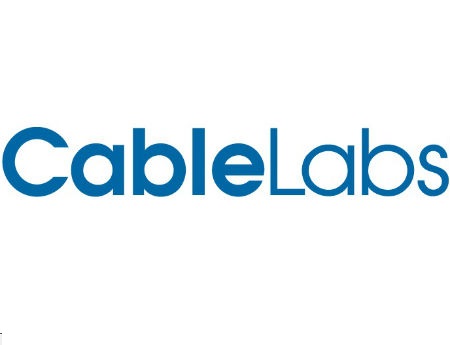CableLabs: ‘Full Duplex’ Reaches Specification-Writing Phase

Following an introduction in February, CableLabs has moved ahead with the specification-writing phase of “Full Duplex” (FDX), an enhancement to DOCSIS 3.1 that will enable symmetrical, mutli-gigabit speeds over HFC networks.
FDX will require a passive (N+0) network, which fits in with the plans of some operators that continue to pull fiber closer to the premises, reduce node sizes, and shift to more distributed access network architectures. FDX will also extend the legs of HFC and could prolong the need to go with FTTP.
RELATED: Cisco Chips In For ‘Full Duplex’ DOCSIS
“In June, CableLabs officially launched the Full Duplex DOCSIS 3.1 project, transitioning it from the innovation phase to the R&D phase focused on specification development,” Belal Hamzeh, VP of wireless at CableLabs, announced in this blog post. “Our first face-to-face meeting held in Louisville last month featured strong participation from CableLabs members and the vendor community including several new participants. Working group meetings will be held on a regular basis until the specification development is complete.”
During the CableLabs 2016 Winter Conference, CableLabs announced the Full Duplex DOCSIS 3.1 specification project that will significantly increase upstream speeds on the DOCSIS network. The announcement of the Full Duplex extension of the DOCSIS 3.1 specification, and its potential of offering multi-Gbps symmetric services over the HFC network, created a lot of excitement in the industry. Since then a lot has been going on behind the scenes.
He noted that CableLabs has been collaborating with vendors “to further refine the concept and system architecture of a Full Duplex DOCSIS 3.1 system.”
In a recent interview with Multichannel News, Hamzeh said that, if all goes to plan, FDX is poised to become an official extension to the DOCSIS 3.1 specs sometime in 2017.
The smarter way to stay on top of the multichannel video marketplace. Sign up below.
Rather than separating/splitting spectrum for downstream and upstream capacity, FDX will enable a dual-use band for both types of traffic.
How FDX is implemented will likely vary from one operator, though some expect a migration in which MSos set a band for the legacy DOCSIS upstream and downstream on each end of the spectrum, and sandwich an FDX band in the middle.
Multichannel News will have much more on FDX, including its progress and potential rollout scenarios, in a story that will appear next week during the SCTE/ISBE Cable-Tec Expo in Philadelphia.
